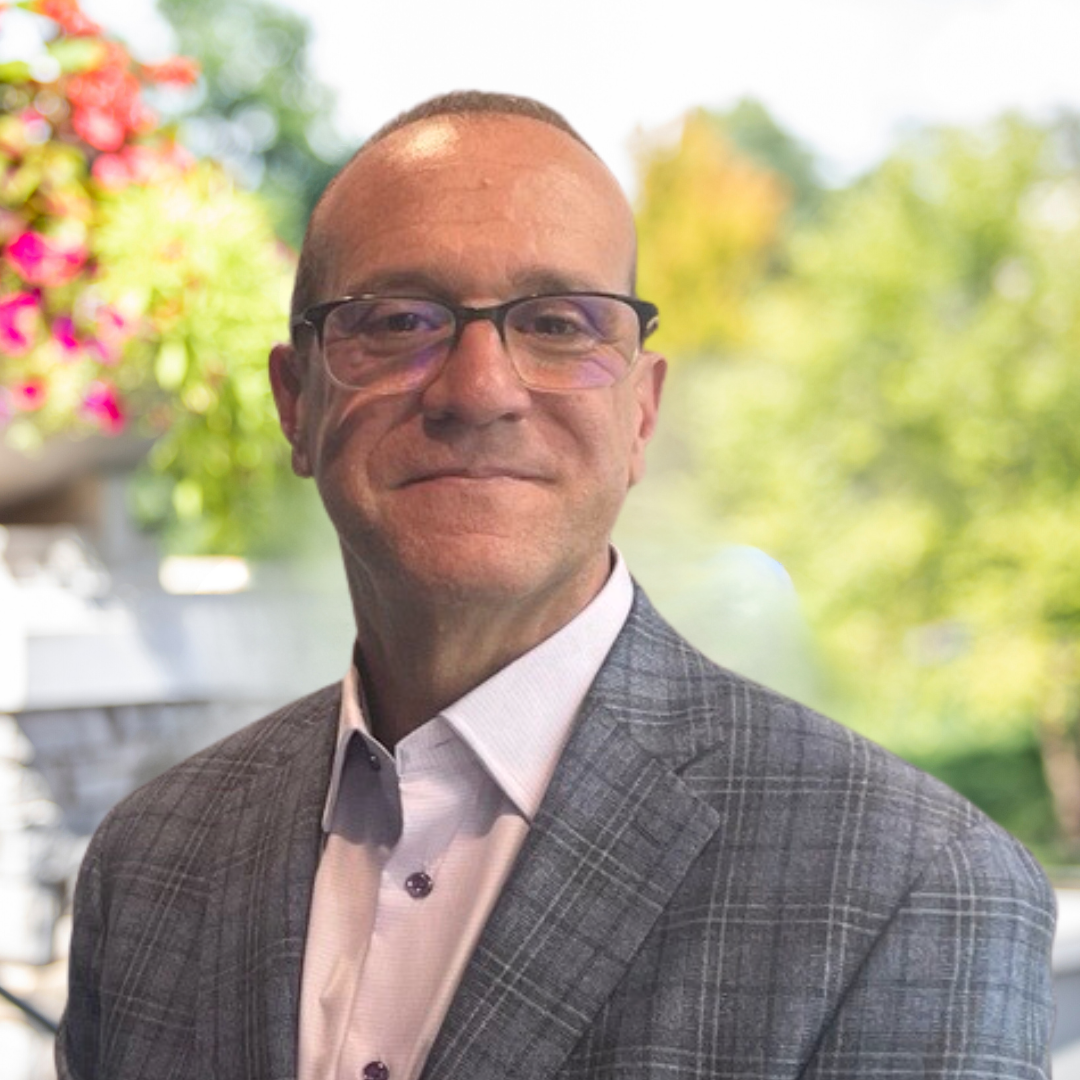By Aileen Cho
Andy Verone is chief strategy officer for Contruent, a capital project management software provider. He previously was global vice president at Oracle, overseeing its M&A activities, shaping product strategies and heading the firm’s customer value program. Verone also led Oracle acquisitions of several industry related technology firms and co-founded its vertical industry labs. Before that, he was executive vice president and chief information officer at both Broadspectrum and Michael Baker International.
Verone spoke with ENR Senior Transportation Editor Aileen Cho about the potential of technology to address complex projects and issues while attending ENR’s Future Tech conference June 3-5 in San Diego.
 In what ways are construction projects becoming more complex? How can technology help address these complexities?
In what ways are construction projects becoming more complex? How can technology help address these complexities?
Construction projects today are rarely simple ventures. Projects have grown larger in scale, requiring more time, investment and skilled labor. There’s also a growing need to consider their impact on our communities and the environment.
Technology can be the solution to these new demands. While it’s rare for one solution to be the perfect fix, pursuing innovative technology can make a substantial difference. In my experience, technology has been the most impactful in driving collaboration and insights to meet, or at least minimize, the many demands of the industry, and is also capable of enabling project teams to capture progress in real-time to address project issues as they occur. It also allows us at Contruent to better serve customers by accurately forecasting costs.
What are examples of successful projects that firms like Oracle and Contruent have enabled? What are lessons learned?
I’ve been fortunate enough to work on a number of industry-changing projects, but I’ll share one that comes to mind: The Ellinikon, which will be a world-class ‘smart city’ in the heart of Athens, Greece. Our team has worked closely with the project team to ensure collaboration across teams, implement standardization across reporting, and ultimately increase cross-project visibility to drive cost savings. Being able to be part of a first-of-its-kind project is unique and makes working in this space so special. One thing that I continue to learn is how crucial it is to have the right team in place. On this project, we had a wonderful team that worked tirelessly to make it a reality. Their diverse perspectives and expertise propelled the project forward and united the team around one goal: to deliver it to the best of our abilities.
The first phase of the project will be completed in 2026, and our team is looking forward to seeing its impact.
Everybody’s talking about AI, 4D, VR, digital twins. What are their short-term and long-term potential benefits – and risks?
These technologies will undoubtedly revolutionize the industry, particularly in increasing efficiency across projects while also increasing visibility for teams. From a cost perspective, we are certainly gaining access to more data to support project budgets and schedules. In the short-term, I expect to see the same benefits and more education around each. In the long-term, I think we’ll see these technologies become increasingly integrated into projects. As I stated, projects are becoming more complex by the day, and we will need to utilize these technologies and others to keep up with the pace of their demands.
The biggest risk with all new technology remains adoption. There are many innovative technologies coming to market, but leaders from across industry must keep educating people about how these can support and why they’re worth the investment. I also believe that professionals should embrace and invest in solutions that are comprehensive, instead of searching for pointed solutions that may be a quick fix to just one project challenge. With more understanding and education, I think we’ll see organizations be more likely to embrace the risk of investment and adoption to realize impact and value.
What are some of the interesting testbeds and emerging technologies you’ve been involved with? Have you seen some of these earlier experiments become reality?
I’ve been involved with some fascinating testbeds and emerging technologies. For me, one standout example is the ability to capture progress in complex construction environments. Years ago, I don’t think most people could have imagined that we could monitor real-time field progress on construction projects so effectively. Yet today, this has become a tangible reality, truly transforming how we are able to complete projects.
Read the full article: Ten Minutes With Contruent’s Andy Verone | Engineering News-Record (enr.com)